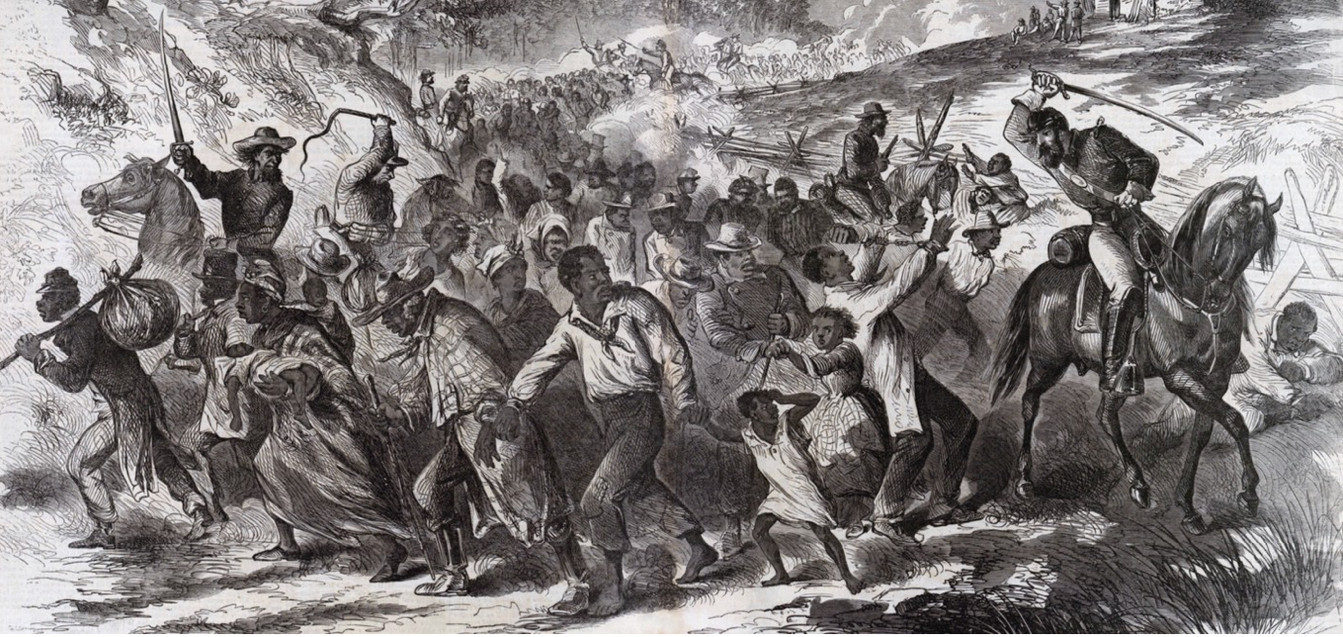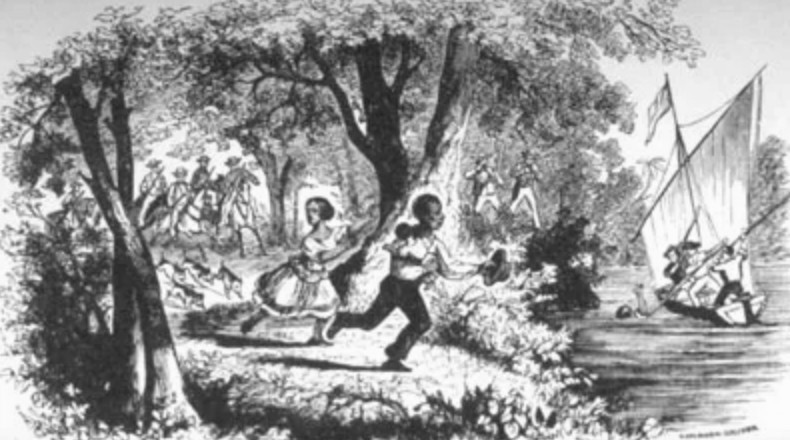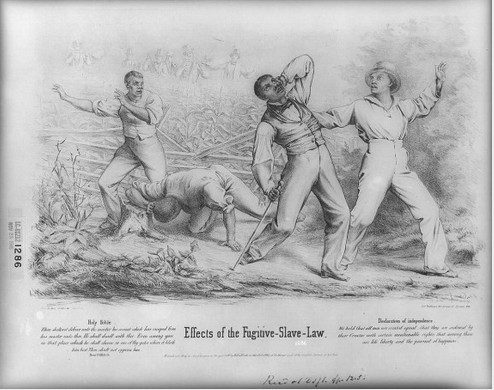UNIVERSITY OF PENNSYLVANIA
Free State Slavery & Bound Labor Project
Project explores the history of slavery and bound labor in Pennsylvania and other free states.
Project explores the history of slavery and bound labor in Pennsylvania and other free states.
Recovering the History
Pennsylvania was a battleground in the nineteenth century. The battles were fought primarily over freedom. Many Americans know about the 1863 Battle of Gettysburg, where some 25,000 soldiers died in three days — one of the deadliest contests of a bloody civil war fought over slavery. Their loss was memorialized by President Abraham Lincoln, who promised in his famous “Gettysburg Address” that the soldiers’ sacrifice presaged a “new birth of freedom.” Rarely do we hear of the Confederate Army’s program of kidnapping free Black people before the battle. But in Pennsylvania, freedom and its opposite had long been the subject of conflict.

In truth, the war over slavery had been underway for decades. The state – especially but not only its largest city, Philadelphia – was the epicenter of the long battle for freedom. Pennsylvania’s borders with slave states, including Delaware, Maryland and Virginia (and for much of the time, New Jersey), meant that escape to Pennsylvania was the key route to freedom. Here, the Declaration of Independence that promised all men are created equal was drafted. The earliest state legislation (1780) providing for gradual emancipation made Pennsylvania a bellwether for freedom, and by 1790 Philadelphia had the largest free Black population in the country.
Decades later, however, the Declaration’s promise looked more like a mockery. Despite being a “free state,” those of African heritage who lived and worked in this commonwealth were constantly at risk of kidnapping and violence.

The Underground Railroad saw thousands of passengers on their trip north to Canada or other northern states. And escaped people lived often for many years in freedom, but kidnappers were ever present, and greatly feared. Especially after the Fugitive Slave Act, part of the Compromise of 1850 that saw the admission of California as a free state, new United States Commissioners were empowered to decide the fate of those whose owners claimed they were fugitive slaves, even if they had lived for many years on free territory. In response, Black activists met the crackdown with ever greater mobilization, through legal and extra-legal means. Their crusade is the focus of our work.
The Battleground
Claims to freedom were hotly contested, especially when a slaveholder claimed that a person known to the community was a fugitive from a state that recognized slavery. The laws requiring the return of fugitives were strictly and inhumanely enforced here, especially after a law punishing kidnappers was held unconstitutional by the U.S. Supreme Court in 1843. After the revised and even more brutal Fugitive Slave law took effect in September 1850, 84 people were “returned” to enslavement from Pennsylvania and only 5 were “released” over the next year.

The Fugitive Slave Law of 1850 unleashed massive violence as it endorsed the “recovery” of freedom seekers, many of whom had sought refuge in “free states.” Pennsylvania was the key battleground state, in part because its borders with Delaware, Maryland, and Virginia meant that flight to the north led straight to the commonwealth. This law made a mockery of the promise of freedom contained in the Declaration of Independence. (Library of Congress)
The history lies deep in the soil of Pennsylvania, which is home to the nation’s oldest abolitionist organization, the largest free black population in the early Republic, and to laws that hampered kidnappers and protected fugitive freedom seekers. But it was also divided, with many proslavery residents. Strong ties between Philadelphia and Charleston linked wealthy families in both cities; conservative Democrats held important positions, including federal posts, especially but not only the judges and U.S. commissioners who heard cases challenging enslavement.
People of African heritage and allied antislavery activists in Philadelphia understood clearly that they were at the center of the storm. They used many means to advance the claim that their city was the crucial site of an ever-escalating conflict between slavery and freedom. Lawsuits, publicity, meetings, lectures, conventions, and daring escapes all backlit the contrast between the slave power and those who dared to object.

Antislavery activists publicized the inhumanity of slavery in every way they could. The Underground Railroad rescued many hundreds of fugitives from those who were hunting them. (National Park Service)
The Legacy
The Free State Slavery & Bound Labor Project is dedicated to recovering and sharing this history, especially through the changing structures of law and litigation. Habeas corpus suits, treason trials, state statutes, decisions of judges and commissioners, lawyers and legal strategists who counseled freedom seekers and represented imperiled defendants all provide important information about resistance to slave power. When filled in with information from other sources, such as census data, newspaper stories, memoirs, private correspondence and church records, contests over slavery in Pennsylvania become more vivid and meaningful. In this research, we aim to recover whatever we can of the drama and suspense that filled the lives of those who fought for freedom. This history is not past – its relevance is everywhere but has long been overlooked. We invite you to join the project to recover these stories and deepen our understanding of free state slavery.

